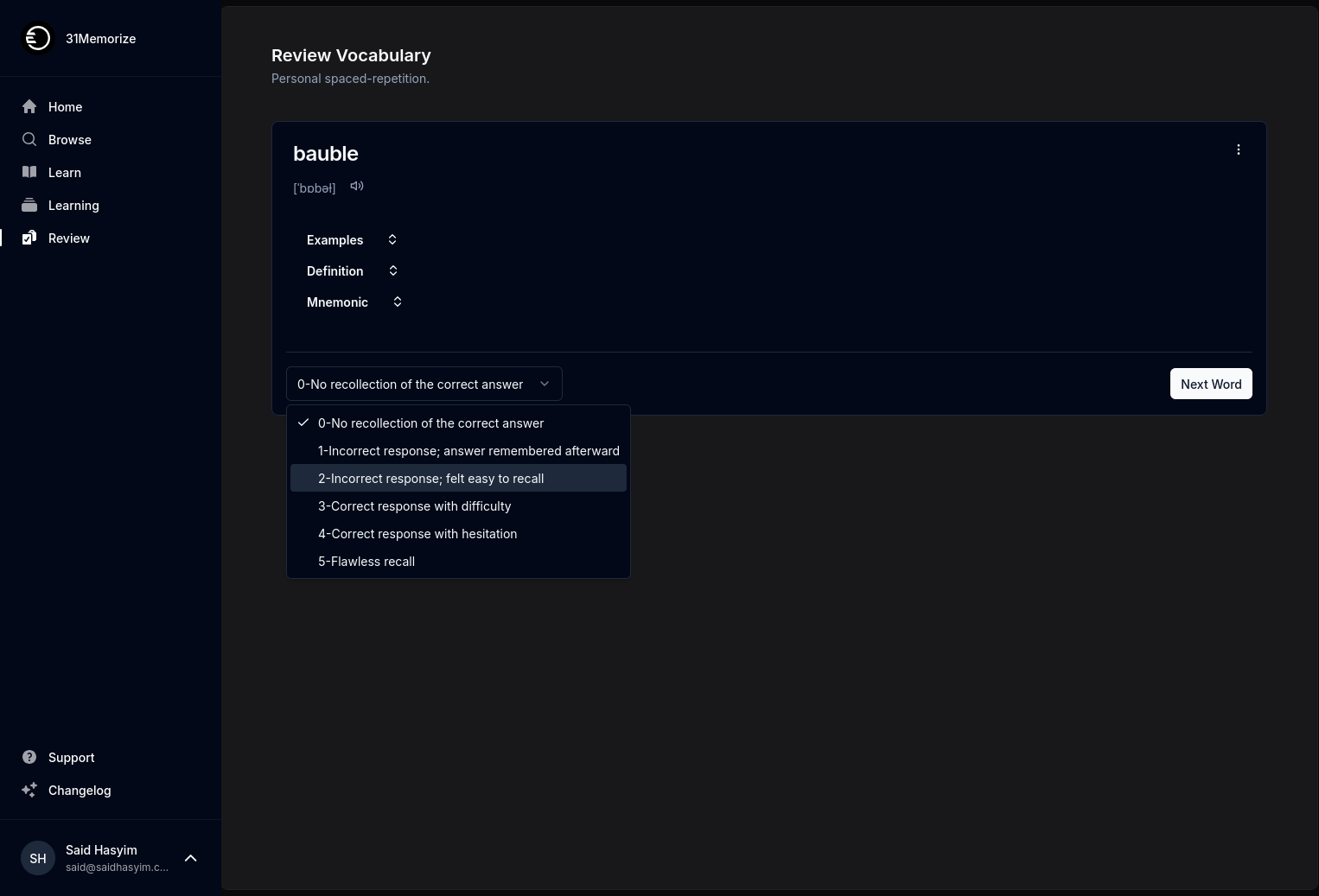Keeping Up with Indie Book Ratings and Reviews
In the sprawling landscape of literature, independent publishing has carved out a vibrant niche, offering a wealth of voices, ideas, and stories that may never see the light of day through traditional publishing channels. Indie authors frequently bring fresh perspectives, dynamic characters, and innovative narratives to their work. However, with so many titles being self-published every day, keeping track of indie book ratings and reviews can feel overwhelming. In this blog post, we will explore why it’s essential to stay attuned to indie book ratings and reviews, how to navigate this ever-expanding literary field, and practical tips that can help both readers and aspiring authors.
The Importance of Independent Literature
Independent literature is increasingly recognized for its diverse representation and unique storytelling. Many indie authors push boundaries and explore themes often overlooked in mainstream media. Supporting indie books fosters creativity and originality, enabling voices from all backgrounds to thrive. However, with this surge in self-publishing, readers must rely more on ratings and reviews to discern which stories resonate with their preferences.
Why Ratings and Reviews Matter
1. Credibility and Trust
In a world where countless books are published daily, ratings and reviews serve as a compass. They provide insights into a book’s quality and legitimacy, helping readers make informed choices. High ratings and positive reviews can instill a sense of trust that encourages readers to dive into the unknown.
2. Discovering Hidden Gems
Many exceptional indie books do not receive the exposure they deserve. Readers can discover hidden gems through ratings and reviews, finding unique stories that align with their interests. Often, an indie book with a lower profile can provide a reading experience just as rich as that of a bestseller.
3. Guidance for Authors
For aspiring authors, ratings and reviews offer critical feedback that can inform future writing efforts. Constructive criticism helps authors refine their craft, understand reader preferences, and navigate their publishing journey.
4. Building Community
Ratings and reviews can create connections among readers and authors. Sharing your thoughts on a book can spark discussions, build community around shared interests, and even encourage indie authors to continue their writing journeys.
Navigating the Indie Book Landscape
While ratings and reviews are helpful, the sheer volume of new indie titles can make navigating the landscape tricky. Here are some strategies to help you keep up:
1. Utilize Various Platforms
Different platforms offer varied ratings and review systems. Websites like Goodreads, Amazon, and BookBub allow readers to explore ratings and reviews systematically. Additionally, social media platforms such as Twitter and Instagram host dedicated book communities where readers share their thoughts and recommendations.
2. Join Book Clubs and Online Communities
Engaging with book clubs—both in-person and online—can offer a wealth of recommendations and support for indie authors. Platforms like Discord and Facebook host numerous book communities that focus specifically on indie literature, where members exchange reviews and ratings in a friendly atmosphere.
3. Follow Book Bloggers and Influencers
Many book bloggers and influencers devote their time to spotlighting indie literature. Following these individuals through their websites or social media can expose you to new releases, trends, and honest insights about indie books you may want to explore.
4. Leverage Book Review Aggregators
Some websites aggregate ratings and reviews from multiple sources, providing a comprehensive overview of a book’s reception. Utilizing these tools allows readers to gather diverse opinions and make informed choices.
Getting Involved
As readers, we can significantly impact the success of indie authors by engaging with their work. Here are a few ways to get involved:
1. Leave Reviews
Leaving reviews on platforms like Amazon, Goodreads, or your personal blog can dramatically influence an indie book’s visibility. Reviews don’t need to be lengthy; a few thoughtful sentences about what you liked or didn’t like can provide invaluable feedback to fellow readers and authors alike.
2. Share on Social Media
A simple tweet or Instagram story featuring an indie book you enjoyed can help expand its visibility. Use hashtags like #IndieBookRecommendations or #Bookstagram to reach a broader audience and contribute to discussions.
3. Attend Indie Book Events
Many communities host events such as book fairs or author signings. Attending these events supports indie authors and allows you to learn about their work firsthand. It’s an excellent opportunity to engage with authors whose books you love.
4. Create Your Own Reviews
For aspiring authors, join the discussion by dissecting books you appreciate. Writing reviews can help you analyze what makes good writing and what readers enjoy. It can also be a great way to practice your writing skills.
Conclusion
Keeping up with indie book ratings and reviews enriches your reading experience and supports independent authors in flourishing. As readers, we have the power to shape the literary landscape by sharing our thoughts, supporting new voices, and discovering hidden gems along the way. By remaining engaged, proactive, and nurturing a passion for indie literature, we can help ensure that diverse and original stories continue to be told. Happy reading!
